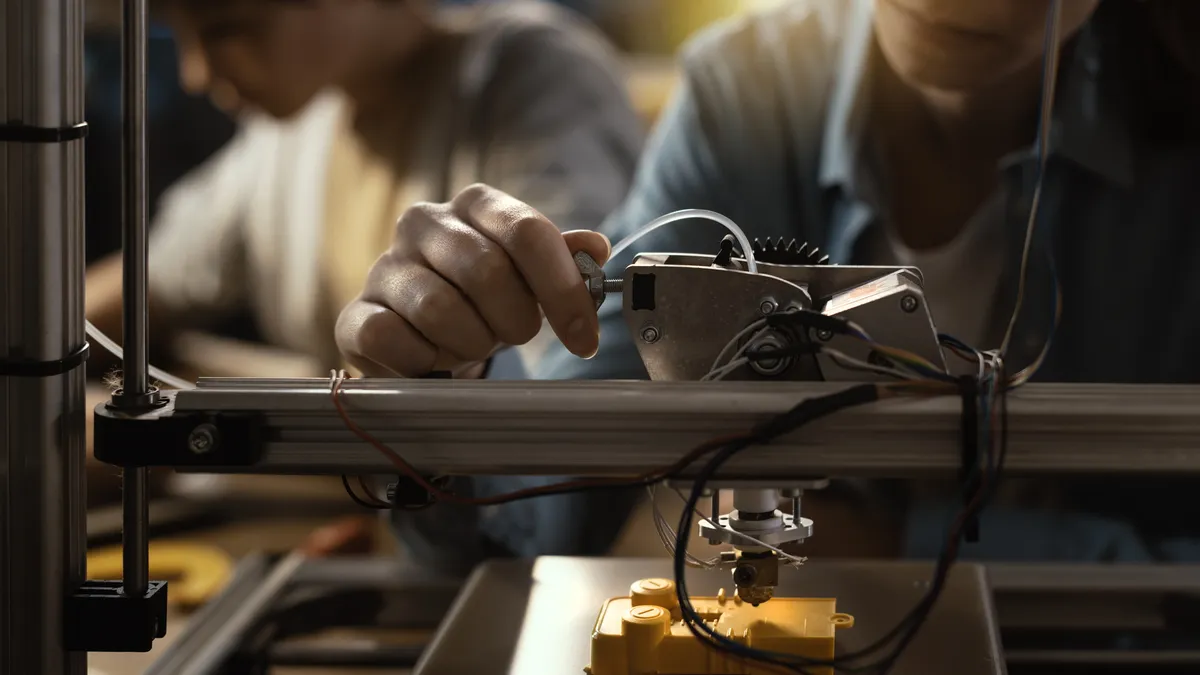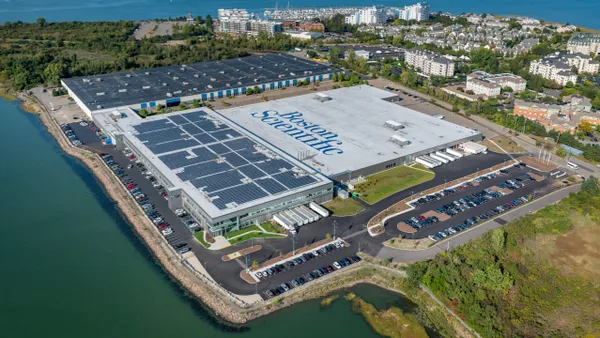Dive Brief:
- Researchers have developed a handheld multi-material bioprinter with applications ranging from wound repair to custom prosthetics.
- The bioprinter, details of which were published in the journal Biofabrication, improves on earlier devices by enabling the printing of multiple materials and giving control over the properties of printed tissues.
- Printing multiple materials could improve tissue biomimicry and facilitate the simultaneous or sequential dispensing of different materials and cells. Researchers at the University of Victoria and University of Montreal used the device to print multiple cells, drug-releasing meshes and sensors.
Dive Insight:
Bioprinting technology has advanced over the past decade. In 2016, researchers shared details of a handheld device for surgical printing of adipose stem cells, and in 2020 another team loaded a device with pore-forming bio-ink for in situ wound dressing.
The latest study addresses some of the limitations of those older technologies. A temperature control module supports long-term printing, and print heads that allow the flow of several bio-inks enable multi-material printing, resulting in a device capable of depositing hydrogel fibers and different types of cells such as dermal fibroblasts.
Using the device, the researchers printed directly on artificially created pig skin wounds. Mohsen Akbari, one of the authors of the paper and an associate professor at the University of Victoria in Canada, explained some of the applications in an article from the Institute of Physics’ IOP Publishing.
“A technology like handheld bioprinting could not only help develop personalized implants for breast reconstruction that match the shape and size of the patient’s tissue, but also be used to create tumor models for the study of breast cancer biology. Such applications could significantly improve treatment outcomes for affected patients,” Akbari said.
Akbari went on to say that “in situ bioprinting is suitable for repairing large defects caused by trauma, surgery, or cancer, which requires large-scale tissue constructs,” and for the development of custom prosthetics and orthopedic implants.
Because the printed fibers can be enhanced with drug carriers, conductive materials and pH-responsive sensors, other applications include drug delivery and wearable biosensors and bioelectronics. In the long term,the technology could eliminate the need for organ donors and lower the risks of transplantation.










